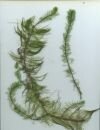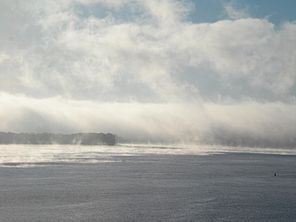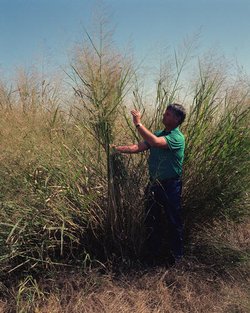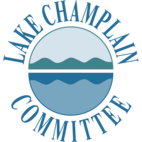Lake Ripples - September 2009
LCC's E-News Bulletin
Another Invasive Species Found in Lake Champlain

Aquatic biologists at Vermont’s Agency of Natural Resources (ANR) found a population of the invasive plant, variable-leaved watermilfoil, in the southern end of Missisquoi Bay. Similar to the native whorled watermilfoil, a rare plant species in the state, the variable-leaved watermilfoil was confirmed by genetic analysis this week from samples pulled during a routine water chestnut search last month in the bay.
Though variable-leaved milfoil is known in the Adirondacks, Lake Champlain is only the second confirmation of the species in Vermont. The first was found in Halls Lake in Newbury in 2008. The invasive plant has also been found in Massachusetts, New Hampshire and Quebec waters. MORE
Natural History Note - Steam Fog

Throughout cold autumn evenings, the layer of air closest to the Lake Champlain’s water accumulates moisture and warmth. The moisture condenses and a thick steam fog forms with colder air masses generating thicker fogs. As the strengthening sun continues to warm the air, wisps of cloud flow upward, revealing the air’s convection currents. A layer of fluffy clouds hovers, seemingly suspended between the water and the otherwise azure blue sky. These clouds mark the border between the lake-warmed water and the cold air mass above. Eventually, the day’s sun warms all the air and the fog burns off. Click here to learn how steam fog played a key role in a pivotal Revolutionary War battle.
Lake Look ~ The Future of Agriculture in the Champlain Basin – Time for a Switch?

The future will not look like the past. Such is true for the lake and the landscape. Rather than trying to recreate some hypothetical past utopia, we need to work towards a mutually desirable future state that is better than what we have. Agriculture may present the most significant opportunity today for envisioning and moving toward a desirable future state. Currently, agriculture in the Lake Champlain Basin is dominated by dairy production, but that may not be true in the future.
The dairy industry presents inevitable challenges to water quality. Cows produce manure which is high in phosphorus and bacteria. Cows, at least during the winter and on larger farms, eat corn, an annual crop that leaves much of the soil exposed and susceptible to erosion. Corn and other crops used to feed cows require inputs of additional phosphorus fertilizer which is a pollutant when it gets to the lake. Cows that are pastured instead of eating corn have a tendency to trample vegetation in their search for drinking water, directly contributing to erosion. All of these challenges can be managed and minimized, but they can not be eliminated. MORE
LCC Links
Join/Donate
Upcoming Events
